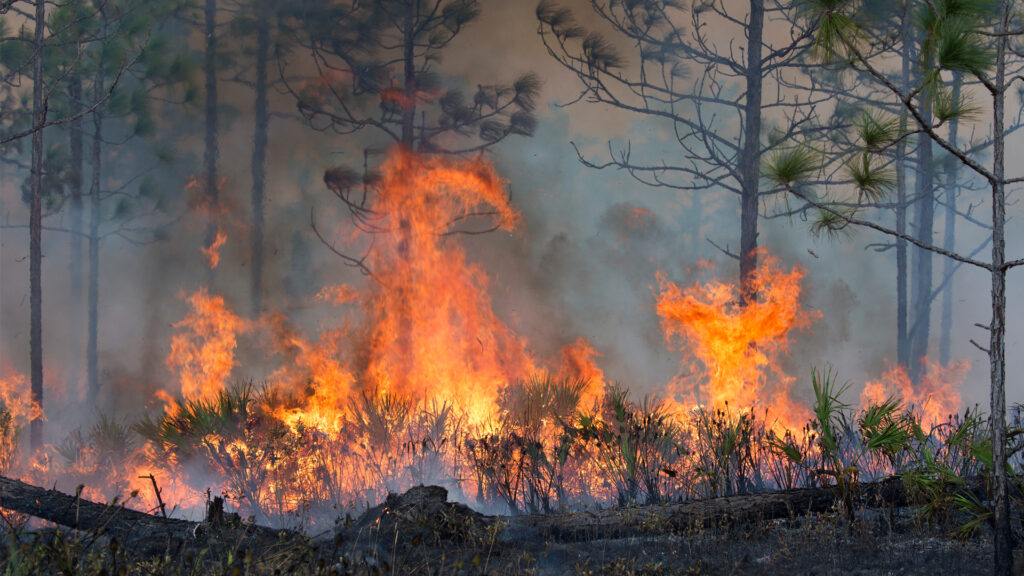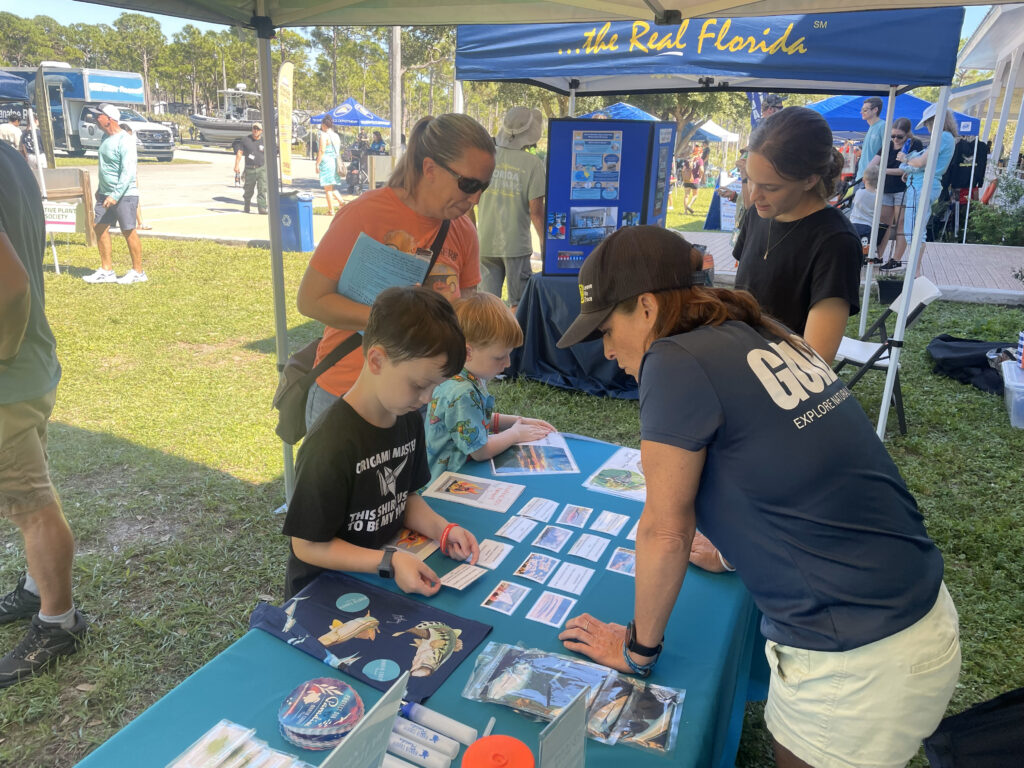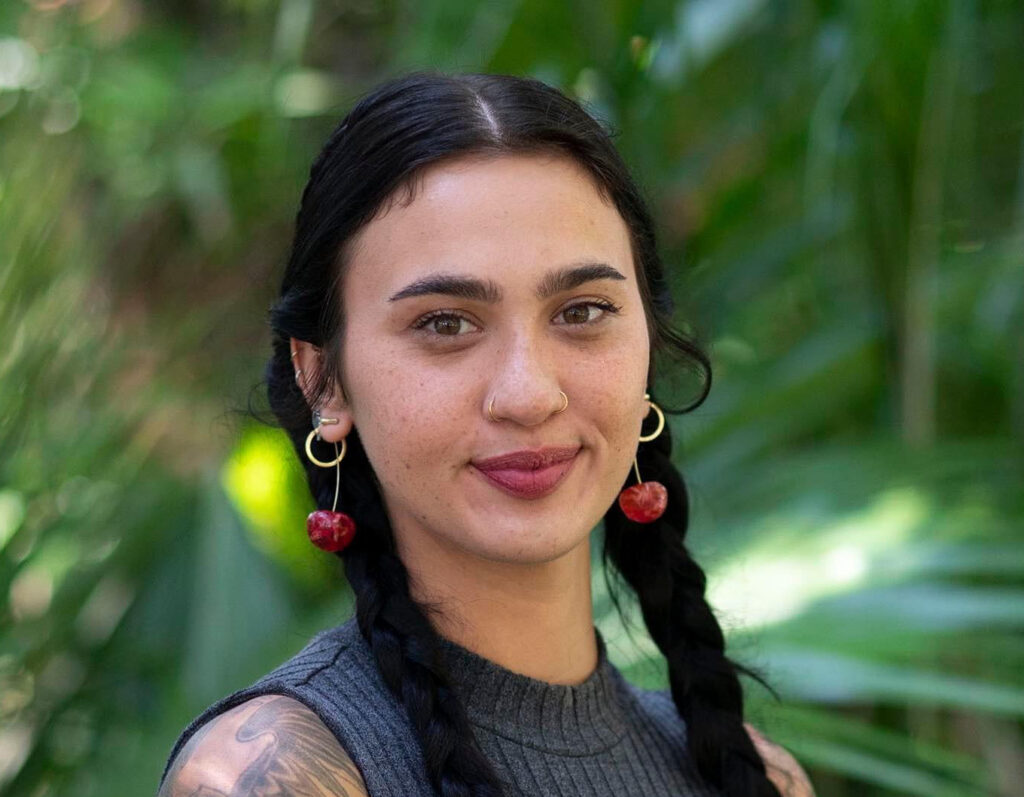By Autumn N. Bryan
Controlled burns, or prescribed fires, help restore natural habitats, reducing the potential for destructive wildfires. By carefully managing these controlled burns, native flora is revitalized, providing essential growth to the ecosystem.
Each year, the importance of controlled burns is celebrated during FireFest at Jonathan Dickinson State Park in Hobe Sound. This year’s FireFest, held Oct. 19, also served as a celebration for those fighting to keep the state park wild.

Wild areas are important for controlled burns. In the wake of these fires, nutrients are recycled back into the soil, triggering seed germination and flowering in fire-adapted species like wiregrass and sand pines, which are common at the park.
Florida’s native plants and animals have adapted to survive natural fire cycles onset by lightning. Many species evolved to depend on fire. Now, much of the wildlife of the area needs fires to thrive.
Slash pines, which can be seen towering over the scrub and brush of the park, grow limbs and leaves high up on their stalks to avoid fire, while the surrounding plants benefit from the nutrients in the bark, which flakes off during the burns.
The saw palmetto that adorns South Florida in its familiar fan also benefits from fire. The majority of the plant, outside of its sharp and flamboyant palms, lives underground in a knot of roots known as an alligator back. After a fire, these plants grow anew, boasting fresh foliage.
During prescribed fires, unlike wildfires, animals can safely evacuate or find refuge. The controlled burns are expertly monitored and actively tamed by local fire departments.

Fire demonstrations were part of this year’s 18th annual FireFest, hosted by the Friends of Jonathan Dickinson State Park.
Children sporting face paint and FireFest-themed stickers explored the grounds at the park visitor center, learning about the cycle of renewal at the park and the importance of controlled burns. The event also featured dozens of vendors, swamp buggy tours and many local environmental organizations.
This year, FireFest served not only as a fun and educational experience, but also as a celebration to those that fought to preserve the 10,500-acre park from development. Jonathan Dickinson was one of nine Florida state parks threatened under the Great Outdoors Initiative, announced in August by the state Department of Environmental Protection under Gov. Ron DeSantis.
The initiative suggested sacrificing preserved land, including the beloved Hobe Mountain Tower (which stands on the highest natural point in South Florida), to build three golf courses within Jonathan Dickinson State Park. After bipartisan outrage, DeSantis shelved the plan.
The plan would have threatened an array of endangered species, including the rare and stunning Florida scrub jay. The largest amount of protected scrub-jay habitat in Southeast Florida can be found at Jonathan Dickinson State Park.
Florida scrub jays will leave if the scrub becomes too high or too dense. Prescribed fires can help to clear the land again for new growth, sweeping away fallen pine needles and undergrowth that litter the floor, encouraging these rare and brilliant birds to remain.

A fifth of the park is covered in coastal sand pine scrub, a globally imperiled biological community that shelters deer, raccoons, foxes, bobcats, opossums, alligators, otters and over 140 species of birds.
The brush and scrub of Jonathan Dickinson State Park make for perfect kindling. Without the help of Martin County’s Fire Department, and other emergency management divisions across South Florida, dangerous fires would likely spread. However, the controlled burns put on by the county and sanctioned by the state are administered with care and planning.
In fact, at this year’s FireFest, employees from the state capital cancelled one of the scheduled burns due to high winds left over from Hurricane Milton. Although many patrons of the event were disappointed not to witness the famous blaze, the cancellation of the prescribed fire is proof that these controlled burns are administered with the utmost respect for the safety and wellbeing of all involved.
Autumn N. Bryan is a graduate student at Florida Atlantic University. Banner photo: Hobe Mountain Tower at Jonathan Dickinson State Park stands on the highest natural point in South Florida (Autumn Bryan photo).
If you are interested in submitting an opinion piece to The Invading Sea, email Editor Nathan Crabbe at ncrabbe@fau.edu. Sign up for The Invading Sea newsletter by visiting here.




Informative, interesting, and clear; the section about the saw palmetto and slash pines was particularly interesting. The world needs more eco journalism like this — local focus, showing things that work, and explaining why they work.
Great photos.